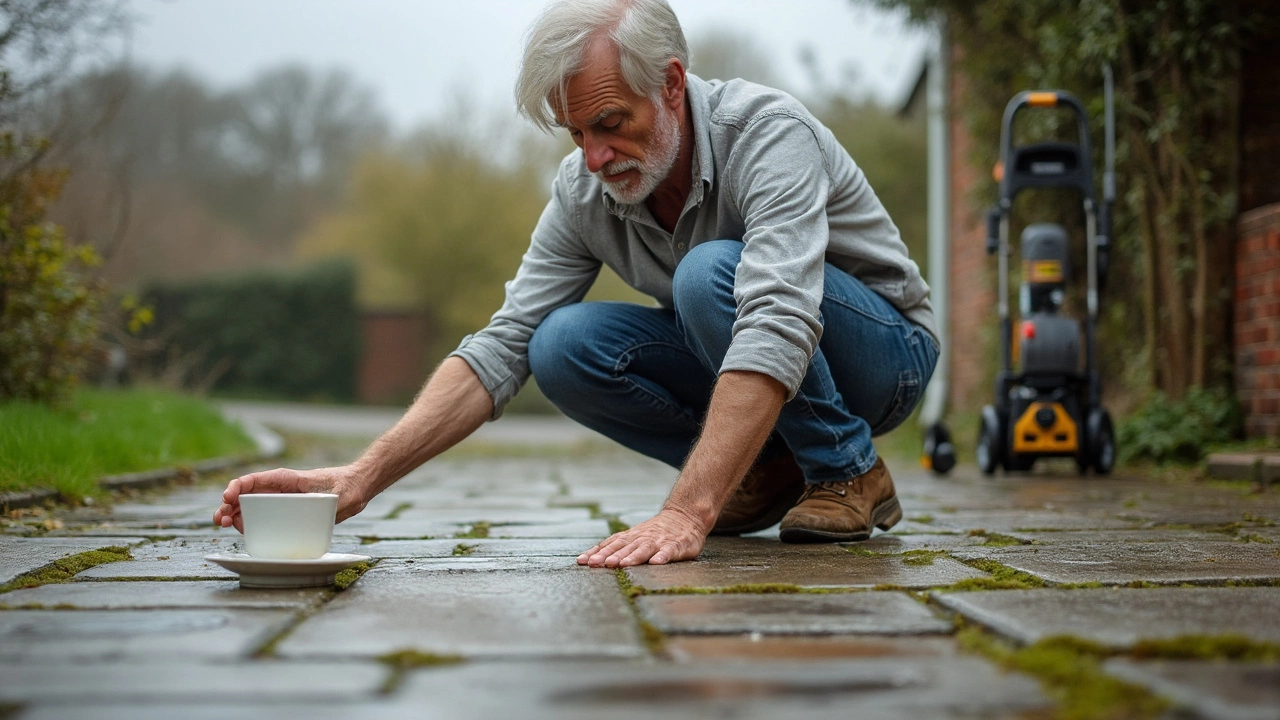Concrete Damage: What Happens and How to Fix It
Concrete is tough, but it isn’t indestructible. Cracks, stains, and chips show up faster than you think, especially after a renovation or heavy foot traffic. Spotting the problem early saves money and stops the damage from spreading.
Common Causes of Concrete Damage
Most concrete issues come from three simple things: water, weight, and wear. Leaking roofs or gutters let water seep into the surface, freeze, and expand. When the concrete expands, it cracks. Heavy furniture, loads from moving trucks, or even a backyard grill can put too much pressure on a slab, creating stress cracks. Finally, everyday wear – like dragging a mop across a floor or normal foot traffic – can wear down the sealant and expose the concrete to stains.
Another sneaky culprit is chemicals. Salt used on driveways in winter, acidic cleaning products, or spilled paint can eat away at the surface. If you’ve recently had a builder finish a room, the dust and leftover mortar can settle into pores, making the concrete look dull and easier to crack.
Cleaning and Repair Tips
First thing – clean the area before you try to fix anything. Use a broom or a low‑speed brush to get rid of loose debris. For stubborn grime, a mix of warm water and a few drops of dish soap (yes, Dawn works well) does the trick. Spray, scrub gently, and rinse with clean water.
If you see a small crack, fill it with a concrete repair caulk. Make sure the crack is dry, then push the caulk in with a putty knife. Smooth the surface so it blends with the surrounding area. For larger cracks or chips, you’ll need a concrete patching compound. Follow the package directions – usually you mix powder with water, apply with a trowel, and let it cure for 24‑48 hours.
After the patch is dry, protect the whole surface with a sealant. This acts like a waterproof jacket, keeping out moisture and chemicals. A good sealant lasts a few years and makes future cleaning easier. When you’re choosing a sealant, look for one labeled “eco‑friendly” if you want fewer harsh chemicals in your home.
Regular maintenance can stop most damage. Sweep or vacuum concrete floors weekly, mop with a mild solution, and re‑seal annually in high‑traffic areas. If you notice any new stains, tackle them right away – a quick spot clean beats a deep‑set stain.
When you’re dealing with post‑construction mess, a builder’s clean is essential. It removes leftover cement, dust, and paint splatters that can weaken the surface. A professional cleaning service can do a thorough sweep, power‑wash the exterior, and apply a fresh sealant. If you prefer DIY, rent a pressure washer, use a gentle detergent, and rinse well to avoid water spotting.
Remember, concrete damage isn’t just about looks. Cracks can become trip hazards, allow mold growth, or let pests into your home. Acting fast keeps your space safe and looking good.
Bottom line: watch for water, weight, and wear, clean regularly, patch cracks promptly, and seal the surface. Follow these steps and your concrete will stay strong for years to come.

Will 3500 PSI Damage Concrete? Pressure Washing Facts You Need to Know
Ever wondered if a 3500 PSI pressure washer could wreck your driveway or patio? This article breaks down what actually happens to concrete under that kind of force, why PSI matters, and what you risk if you grab a powerful washer without a plan. Get practical advice for keeping your concrete safe while tackling tough grime. Real-life tips from homeowners and pros. Avoid costly mistakes with the right know-how.
Read More